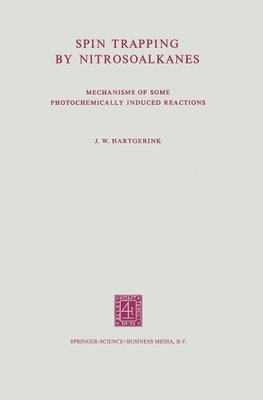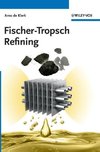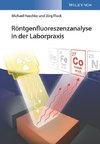
-
 Anglický jazyk
Anglický jazyk
Spin trapping by nitrosoalkanes
Autor: Jan Willem Hartgerink
This thesis is based on the excellent radical scavenging properties of mono meric nitrosoalkanes RNO. Thus, addition of a small amount of RNO to a reacting system in which unstable radicals X· are generated usually results in the formation of relatively... Viac o knihe
Na objednávku, dodanie 2-4 týždne
49.49 €
bežná cena: 54.99 €
O knihe
This thesis is based on the excellent radical scavenging properties of mono meric nitrosoalkanes RNO. Thus, addition of a small amount of RNO to a reacting system in which unstable radicals X· are generated usually results in the formation of relatively stable nitroxides, which can be studied by ESR spectroscopy at room temperature . . R-N=O + X --R-N-X ,. o The nature of the trapped radical X· can very often be deduced from the hyperfine splittings (hfs) and g-value of the ESR spectrum of the derived nitroxide. Thus the ESR Spin Trapping technique is useful for the identifi cation of highly reactive (short-living) radicals X·. Chapter 1 contains a survey of the literature and a short description of the most important features of nitrosoalkanes, nitroxides and the Spin Trapping technique in general. In chapter 2 the synthesis of hitherto unknown I-nitrosoadamantane is described. Together with a number of other nitrosoalkanes it is used as a scavenger for trifluoromethyl radicals, generated by photolysis of trifluoro iodomethane. The derived alkyl trifluoromethyl nitroxides with aN = aF = 11.5-12.0 gauss are easily identified and are found to be very stable at room temperature. Chapter 3 illustrates the limitations of the Spin Trapping technique, i.e.
- Vydavateľstvo: Springer Netherlands
- Rok vydania: 1971
- Formát: Paperback
- Rozmer: 235 x 155 mm
- Jazyk: Anglický jazyk
- ISBN: 9789401186506



 Nemecký jazyk
Nemecký jazyk 








